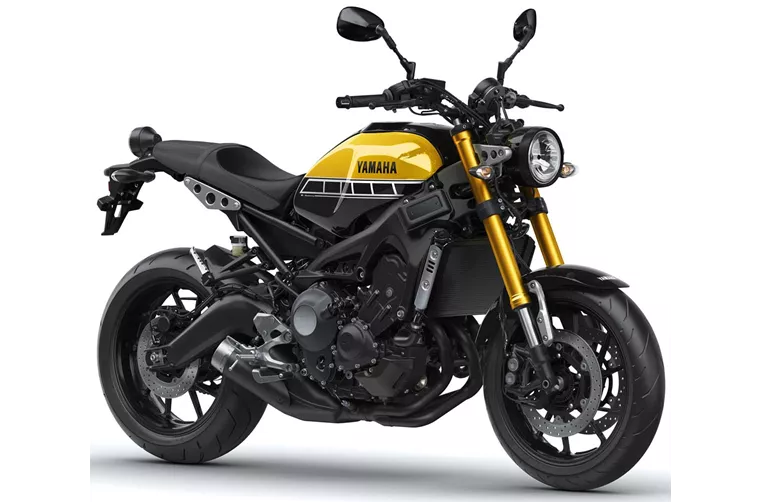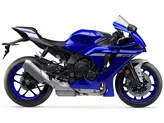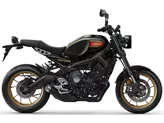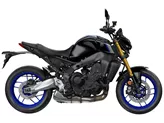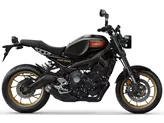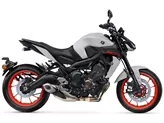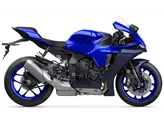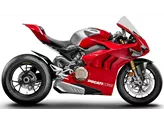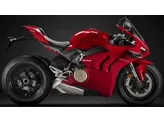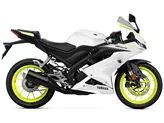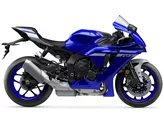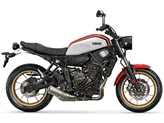Yamaha R1 2016 vs. Yamaha XSR900 2016

Yamaha R1 2016
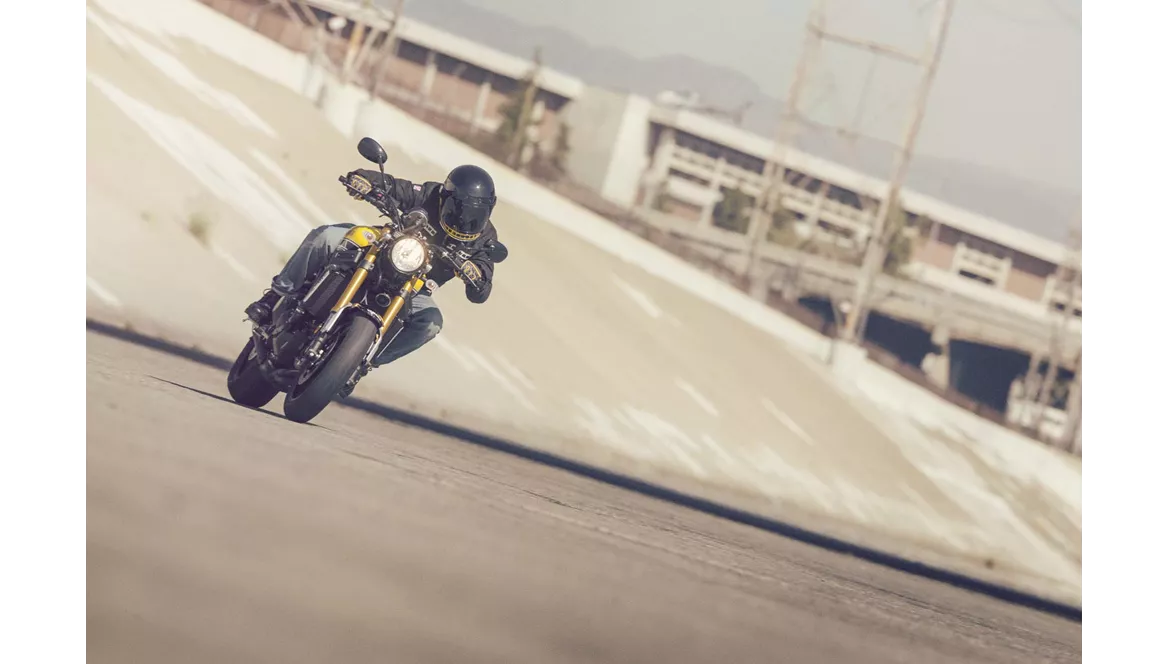
Yamaha XSR900 2016
Visão geral - Yamaha R1 2016 vs Yamaha XSR900 2016
The Yamaha R1 2016 and the Yamaha XSR900 2016 are both impressive motorcycles, each with their own unique features and strengths.
Starting with the Yamaha R1 2016, this supersport bike boasts a powerful engine with a displacement of 998cc. It delivers an impressive 200 horsepower and 112.4 Nm of torque, thanks to its 4-cylinder DOHC engine. The R1 also has a high compression ratio of 13, allowing for efficient combustion and improved performance. The liquid cooling system ensures that the engine stays at an optimal temperature during intense rides.
In terms of suspension, the R1 is equipped with a telescopic upside-down fork at the front, providing excellent stability and control. The aluminum frame, known as the Deltabox, offers a lightweight yet sturdy structure, enhancing the bike's maneuverability. The R1 features dual disc brakes at the front, ensuring reliable stopping power.
The Yamaha R1 2016 also excels in terms of advanced rider assistance systems. It comes with launch control and traction control, providing enhanced safety and control during acceleration and cornering.

Yamaha R1 2016
Moving on to the Yamaha XSR900 2016, this naked bike offers a slightly smaller engine displacement of 847cc. However, it still delivers a respectable 115 horsepower and 87.5 Nm of torque. The XSR900 features a 3-cylinder DOHC engine with a compression ratio of 11.5. Like the R1, it also has a liquid cooling system to maintain optimal engine temperature.
The XSR900 shares the same suspension setup as the R1, with a telescopic upside-down fork at the front. The aluminum frame, in this case, is a double tube design, providing a balance between rigidity and flexibility. The XSR900 is equipped with dual disc brakes at the front, ensuring reliable stopping power.
In terms of rider assistance systems, the XSR900 comes with ABS as standard, enhancing safety during braking.
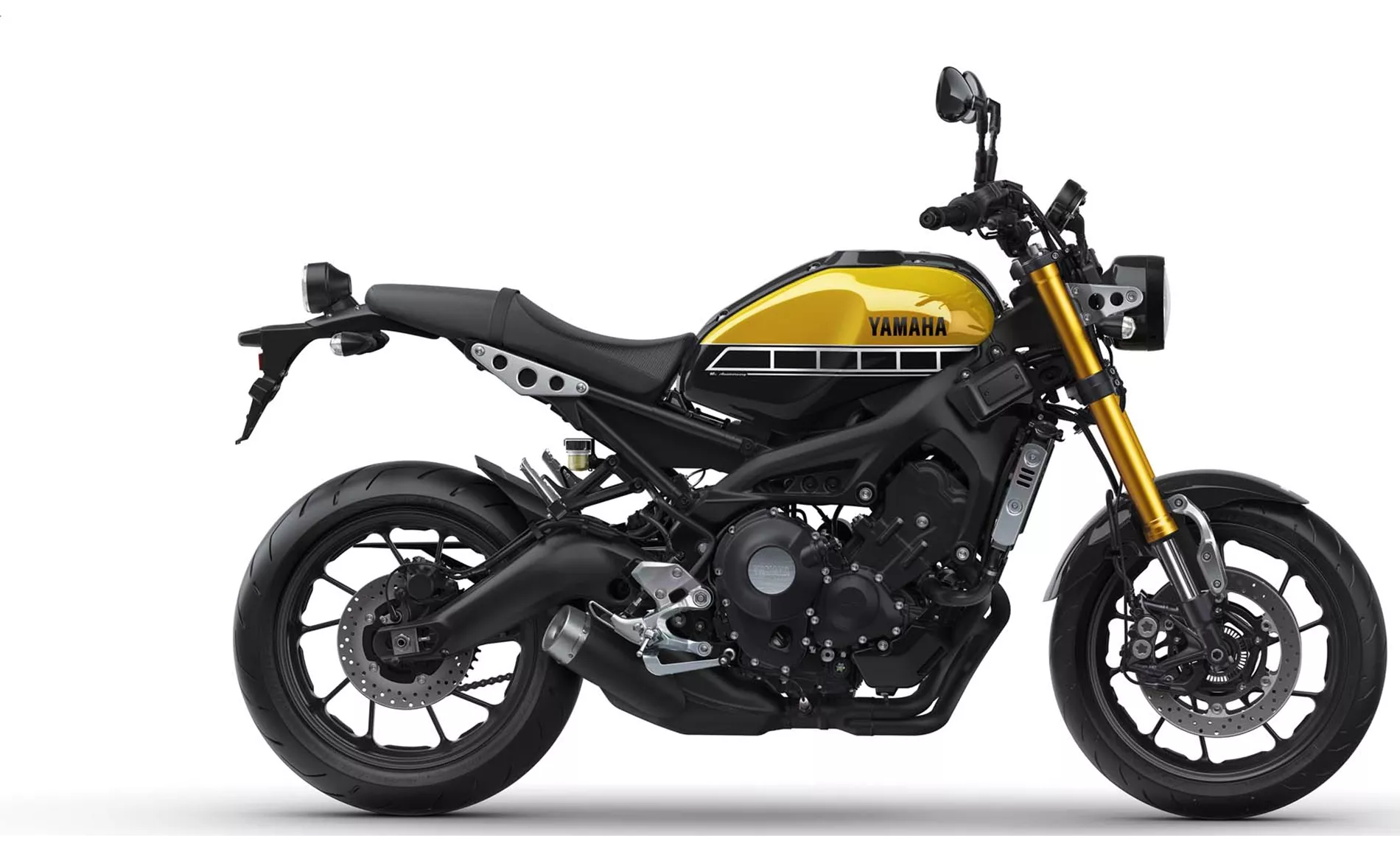
Yamaha XSR900 2016
When comparing the strengths of these two models, the Yamaha R1 2016 stands out for its dynamic handling, high-revving engine, and precise control. It also offers an excellent electronic package, including launch control and traction control.
On the other hand, the Yamaha XSR900 2016 shines with its eager engine, well-tuned riding modes, and the inclusion of ABS and TC as standard features. It also boasts a modern and authentic design with clean finishing touches.
However, both models have their weaknesses. The Yamaha R1 2016 only offers an assist and slipper clutch for upshifts, which may be limiting for some riders. The Yamaha XSR900 2016 has a rigid chassis, and some riders may find the seat less comfortable. Additionally, the design of the speed block is not unique to the XSR900 and can be found on other models.
In conclusion, the Yamaha R1 2016 and the Yamaha XSR900 2016 are both impressive motorcycles with their own unique strengths and weaknesses. The R1 excels in terms of performance and advanced rider assistance systems, while the XSR900 offers a more versatile and stylish naked bike option with standard ABS. Ultimately, the choice between these two models will depend on the rider's preferences and intended use of the motorcycle.
Especificações técnicas Yamaha R1 2016 em comparação com Yamaha XSR900 2016
Prós e contras em comparação
Prós e contras em comparação
Yamaha R1 2016

O foguetão de alta tecnologia da Yamaha continua a ser um líder tecnológico em 2016. Radical, polarizador e fascinante, estabelece tempos de volta poderosos. Está mais próxima das motos de corrida do que as outras 1000. Entretanto, ninguém se queixa da frente. Sem o "M", é a melhor escolha para aqueles que não precisam de Öhlins, ou a melhor escolha para aqueles que estão a planear uma conversão para pista de corridas e gostam de instalar hardware Öhlins "normal" sem material elétrico.
Yamaha XSR900 2016
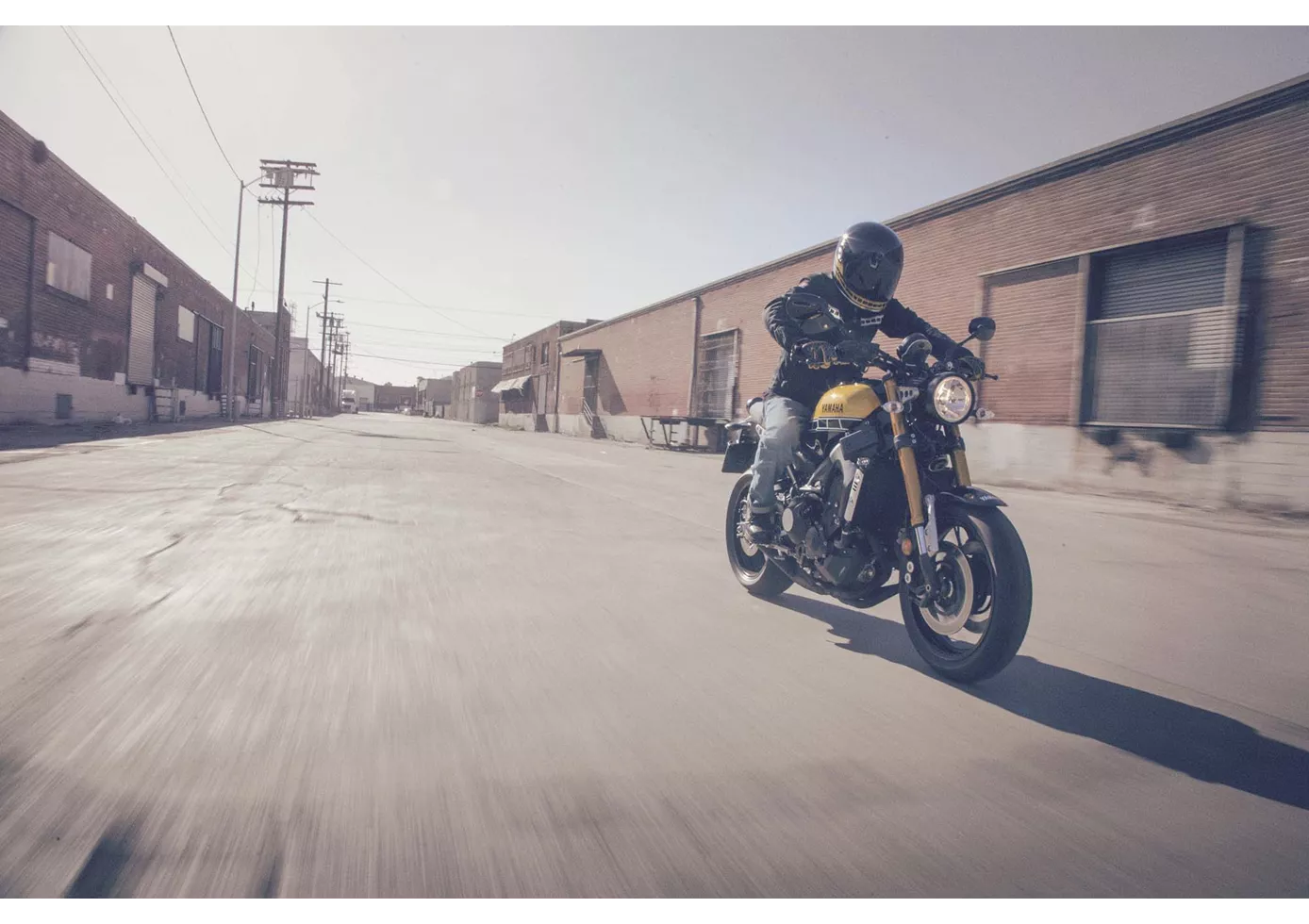
A XSR900 combina o desempenho de uma streetfighter desportiva com o visual de uma naked retro agradável e com acabamentos limpos. Ao fazê-lo, os japoneses fazem uso da sua própria história, que pode ser encontrada em conjunto e sem lacunas no arquivo da agência de design que trabalha para a Yamaha há 60 anos. Adopta as virtudes da MT-09 e corrigiu algumas das suas fraquezas. A sua condução é mais harmoniosa, mais controlada e, se desejado, mais descontraída. Apenas o conforto, e portanto o piloto, sofre com o chassis apertado em estradas más. É preciso ser um pouco sensível quando se trata de uma neo-clássica.
Comparação de preços Preço médio de mercado Yamaha R1 vs Yamaha XSR900
There are a few key differences between a Yamaha R1 2016 and a Yamaha XSR900 2016. In terms of price, the actual average price of a Yamaha R1 2016 is about 142% higher. A Yamaha R1 2016 experiences a loss of 4.520 BRL in one year and 3.940 BRL in two years of ownership. This is offset by a loss of 11.090 BRL and 11.200 BRL for a Yamaha XSR900 2016. Compared to Yamaha XSR900 2016 there are more Yamaha R1 2016 bikes available on the 1000PS.de Marketplace, specifically 6 compared to 5. It takes less time to sell a Yamaha R1 with 73 days compared to 77 days for a Yamaha XSR900. Since model year 2005 1000PS.de editors have written 80 reviews for the Yamaha R1 and 30 reviews for the Yamaha XSR900 since model year 2016. The first review for the Yamaha R1 was published on 28/04/2003 and now has more than 3.900 views. This compares to more than 17.600 views for the first review on Yamaha XSR900 published on 25/11/2015.

